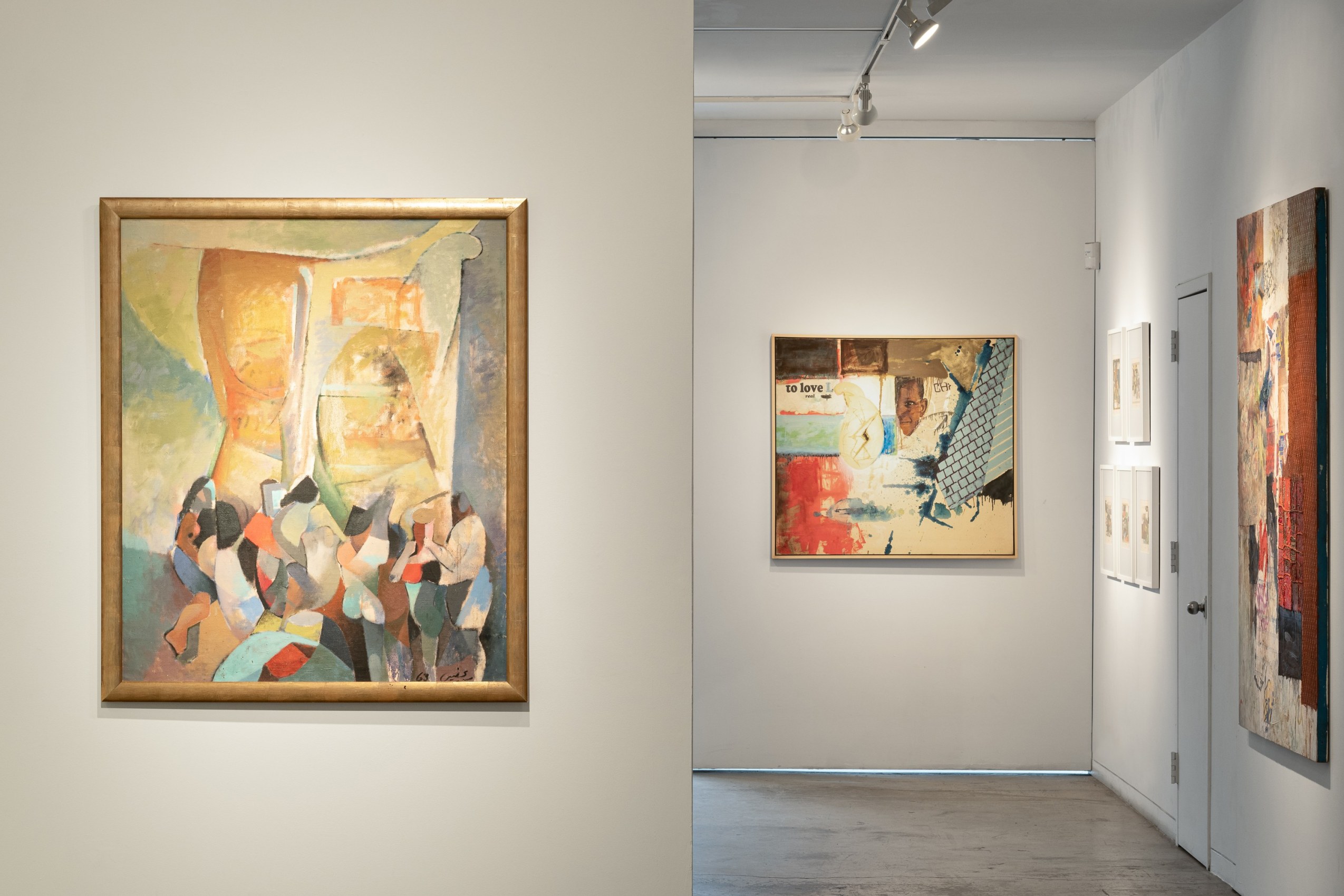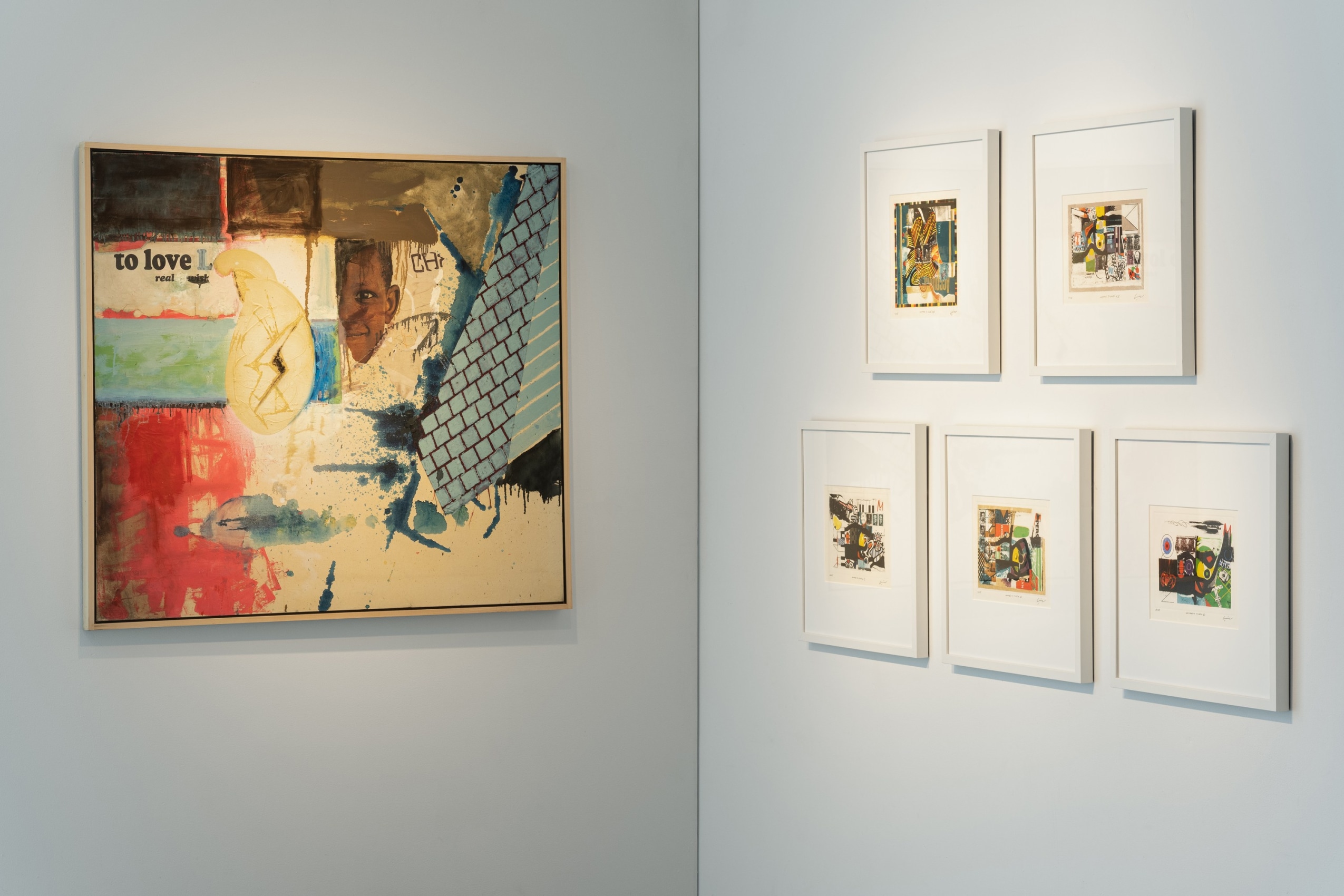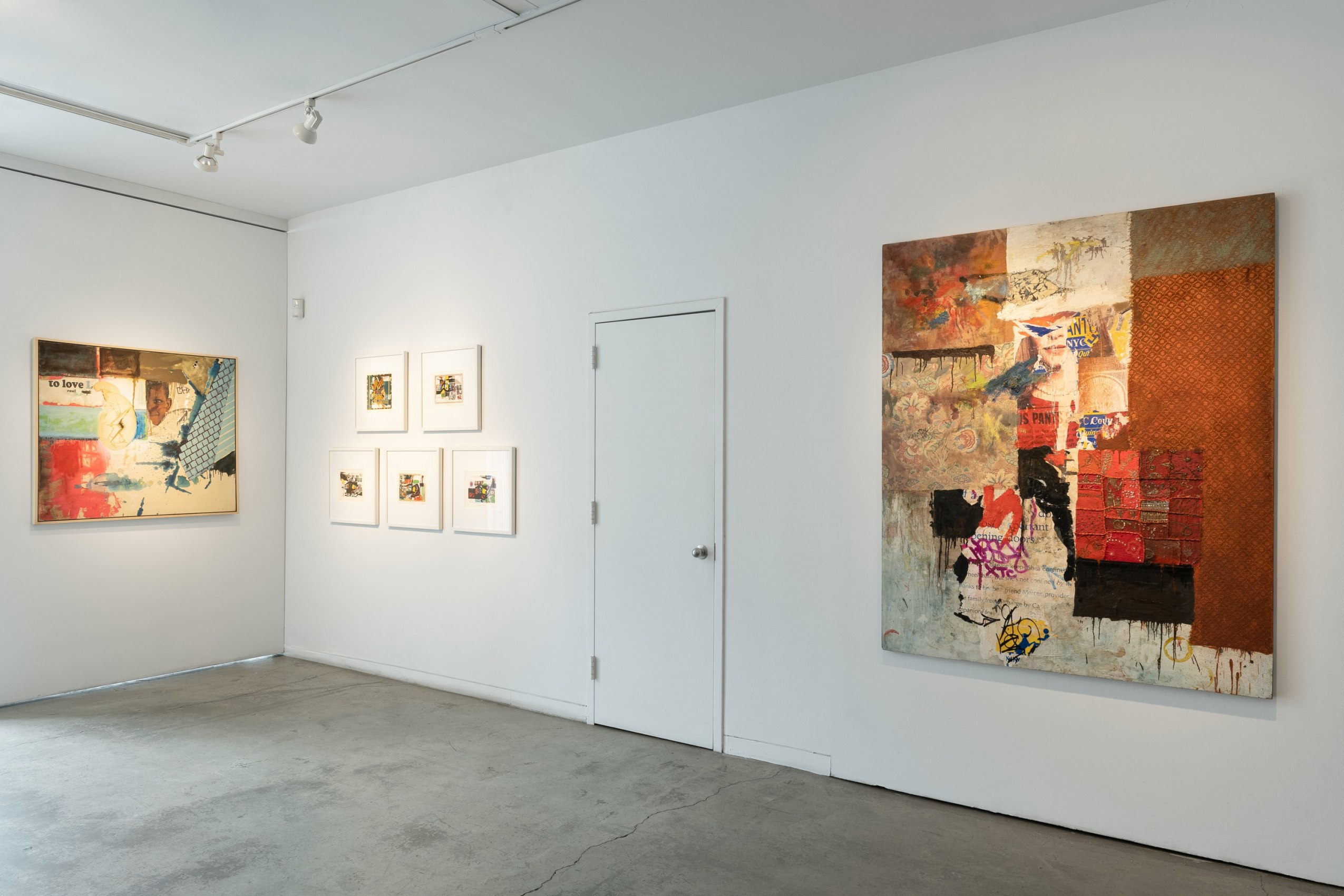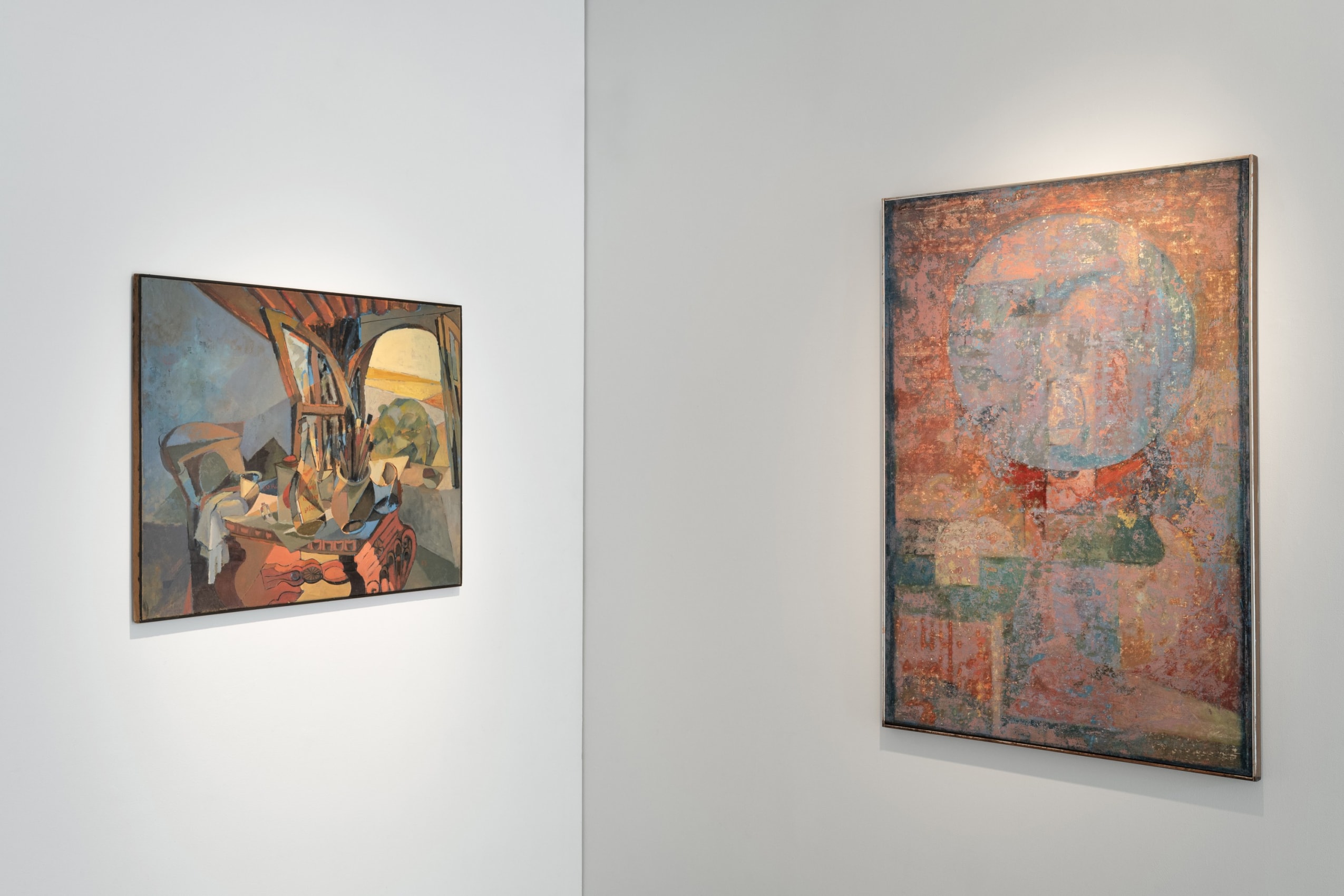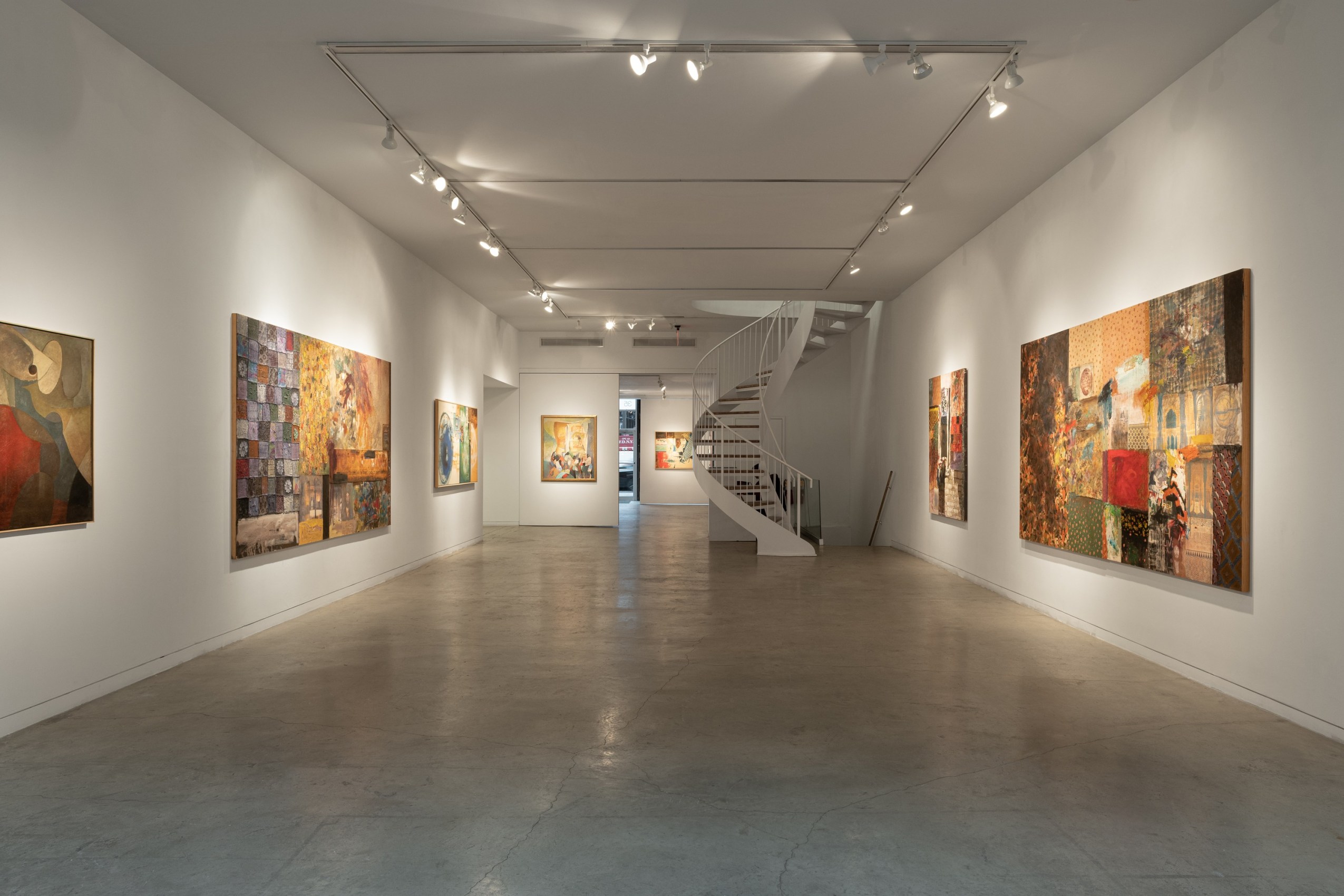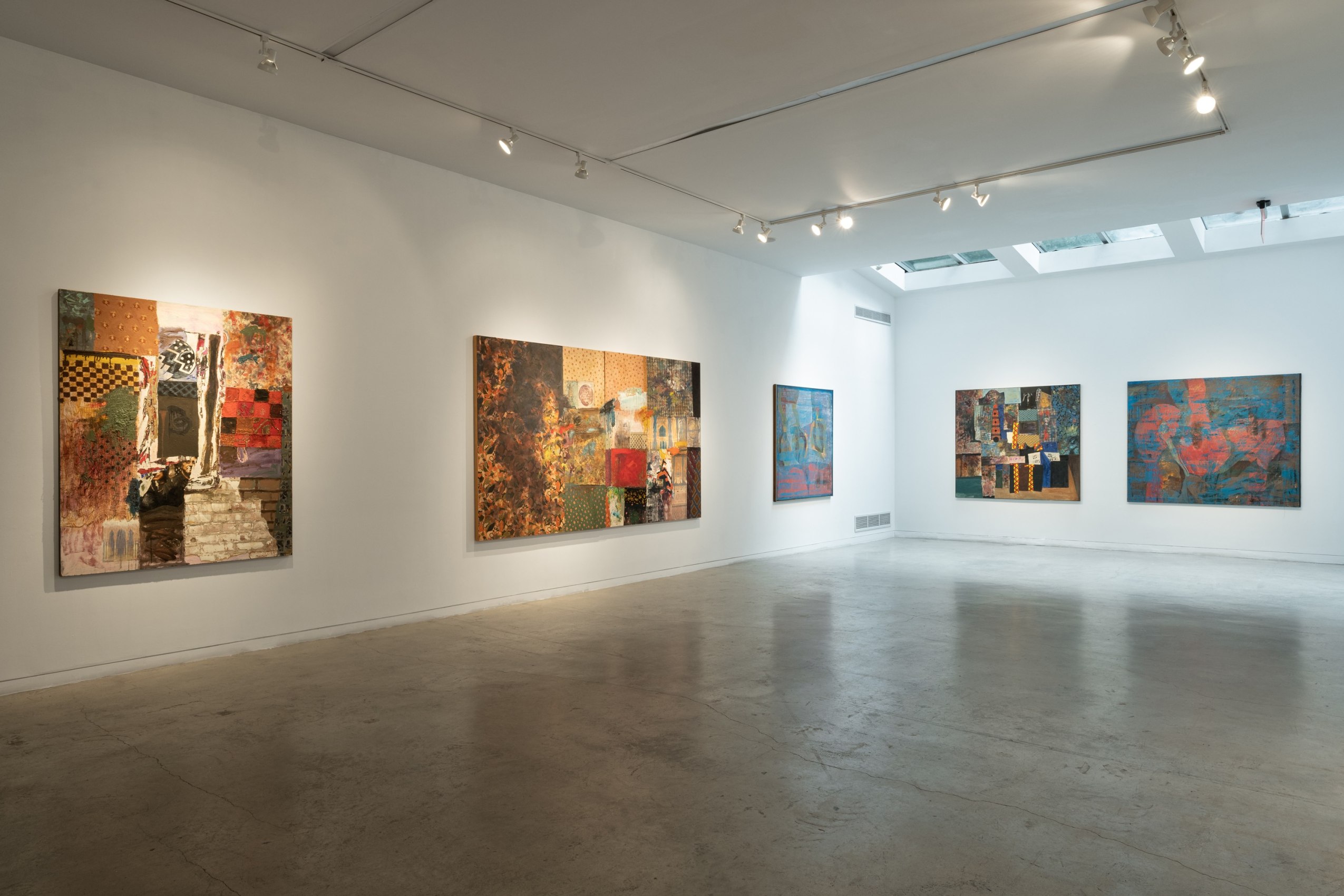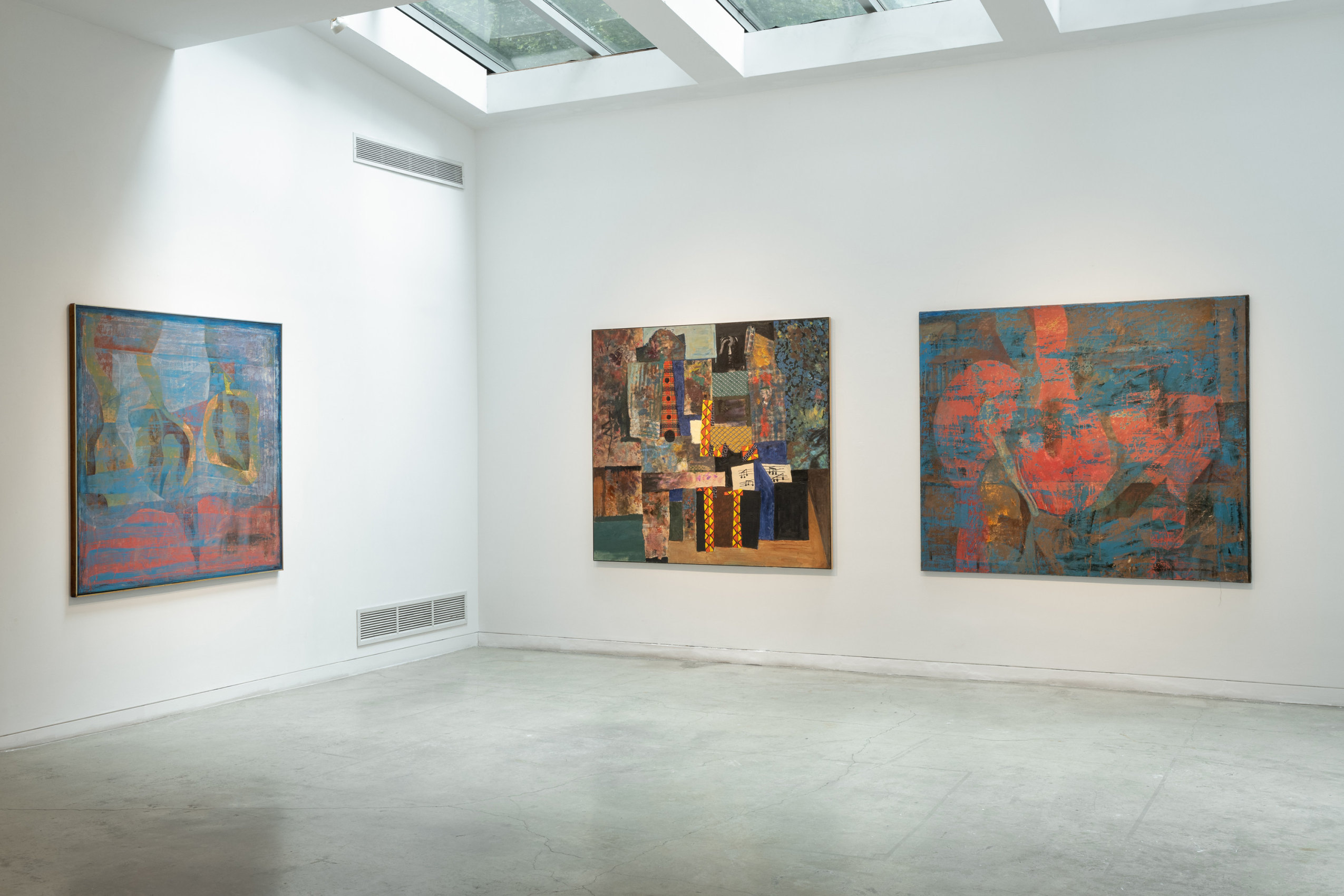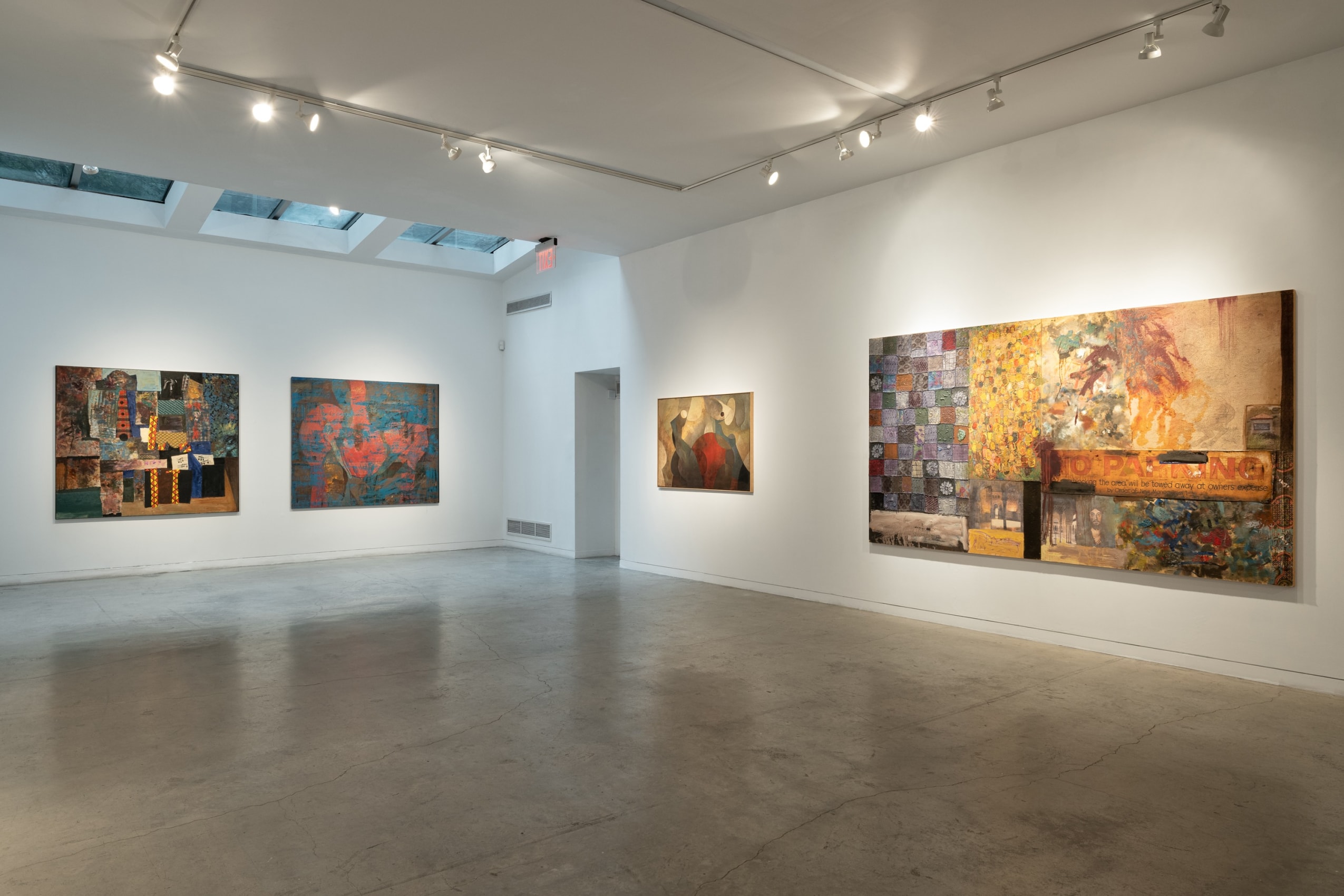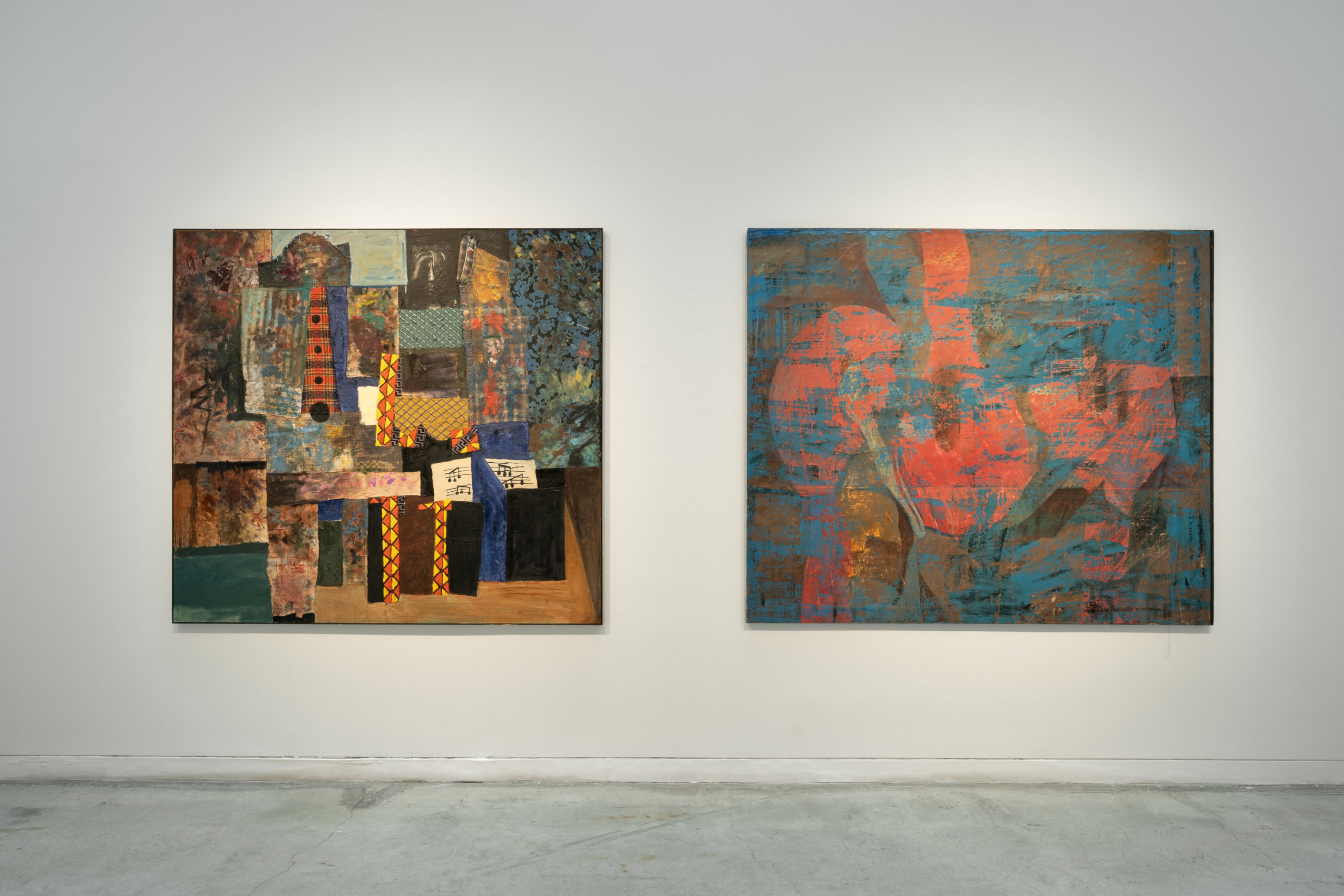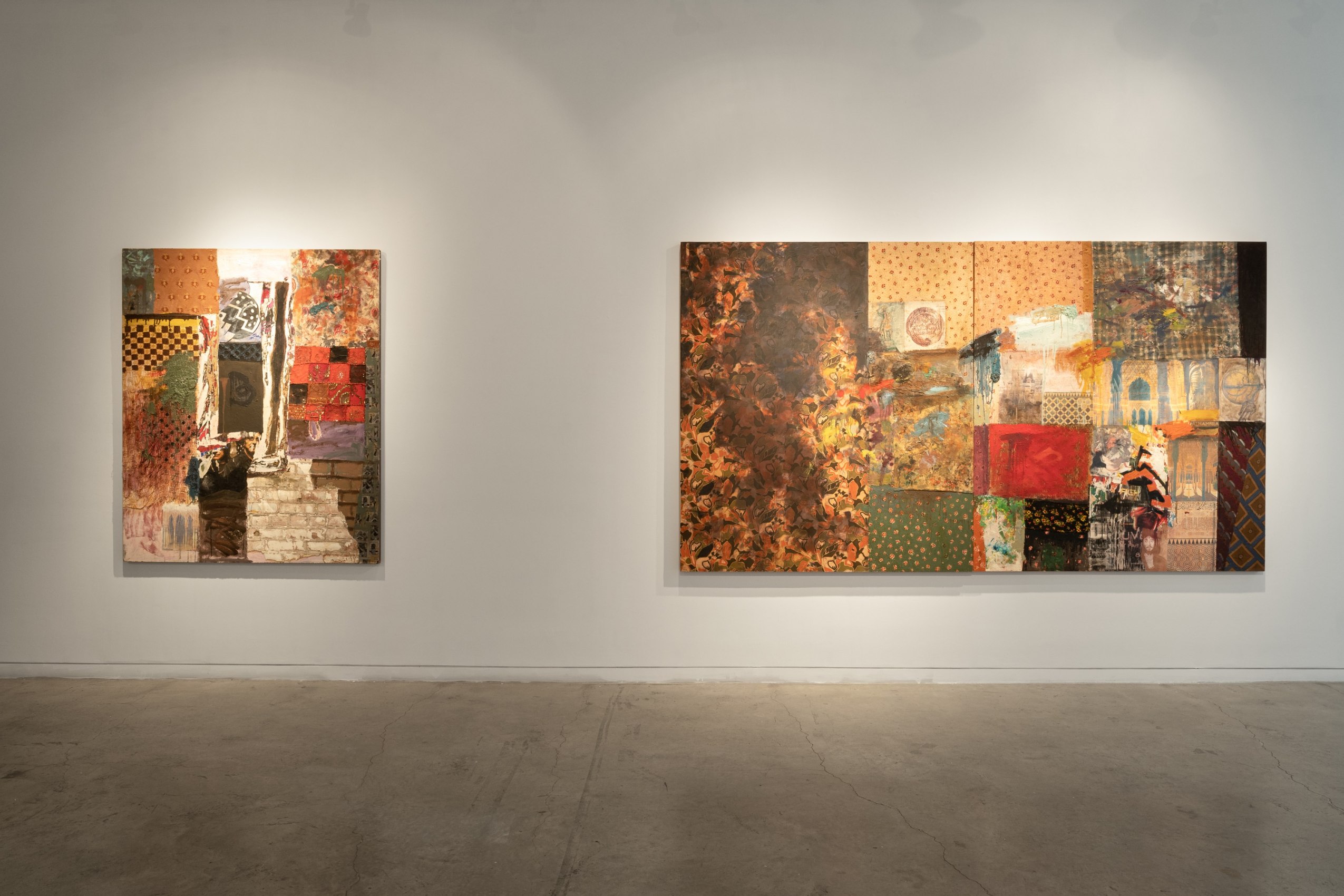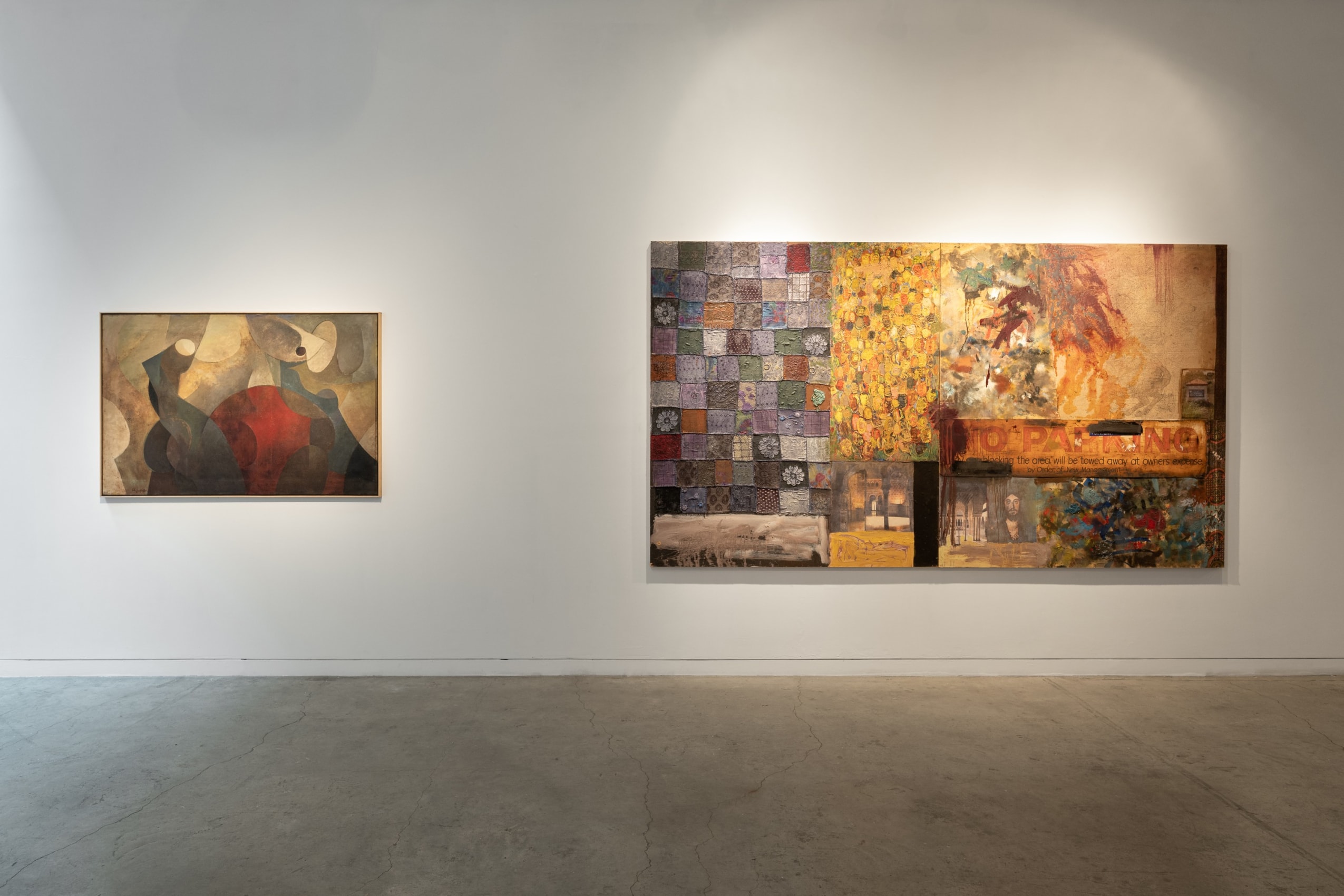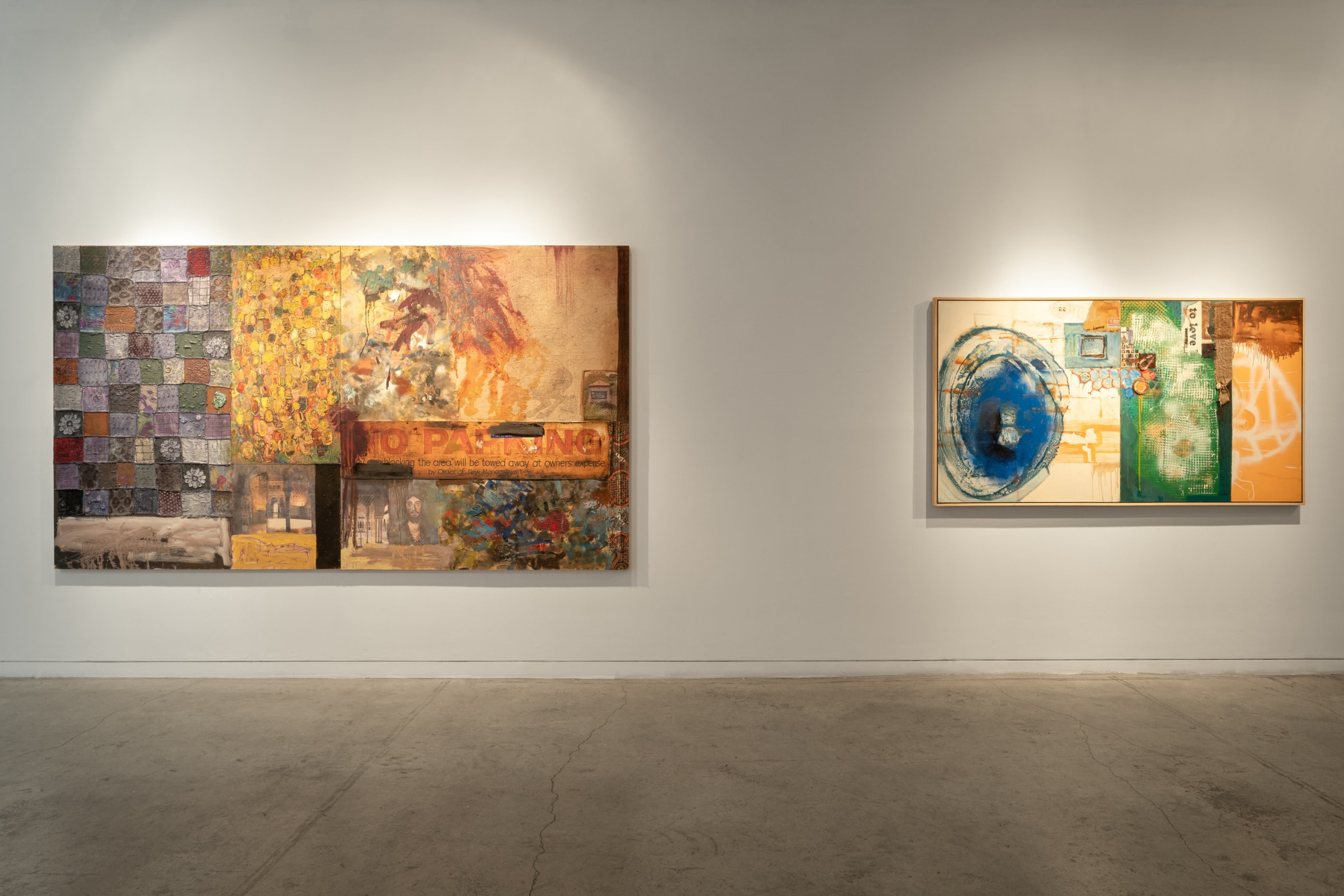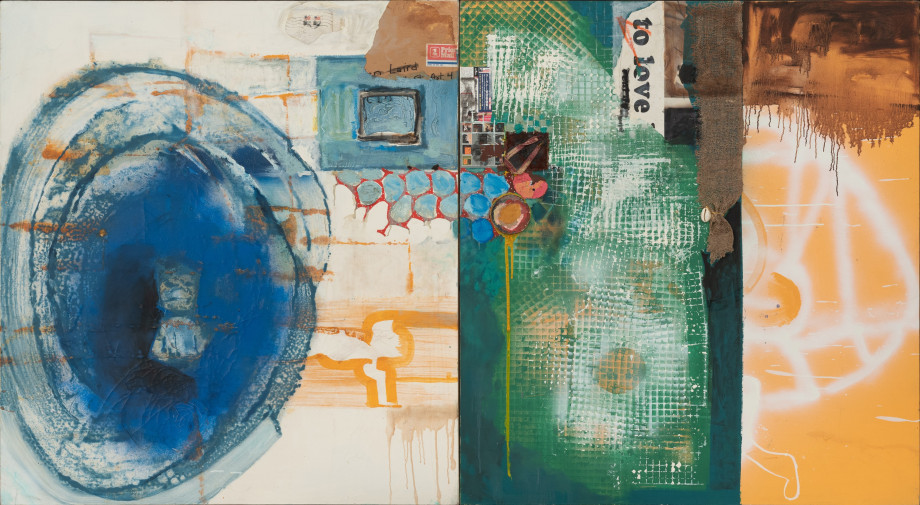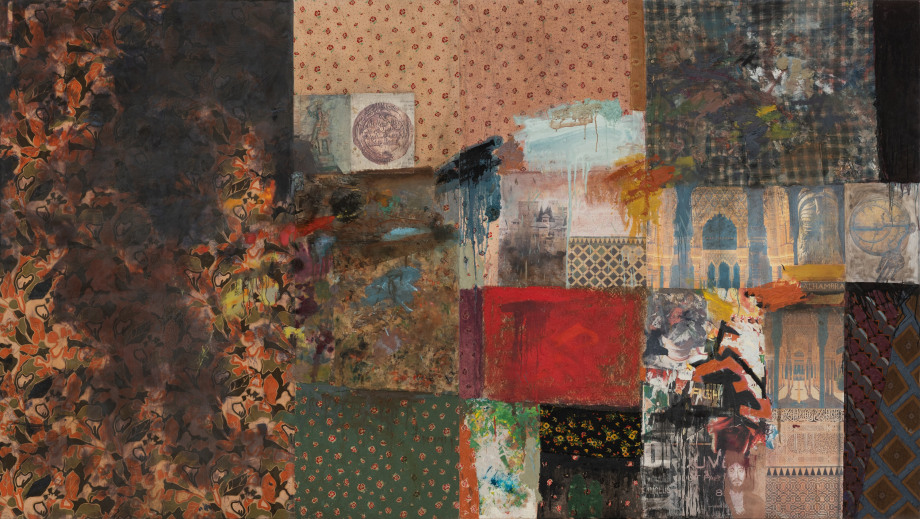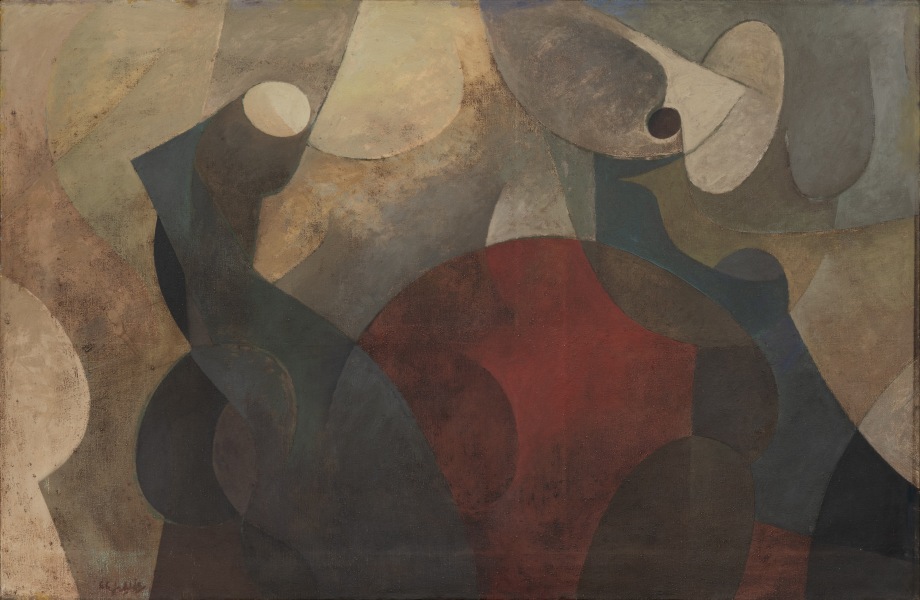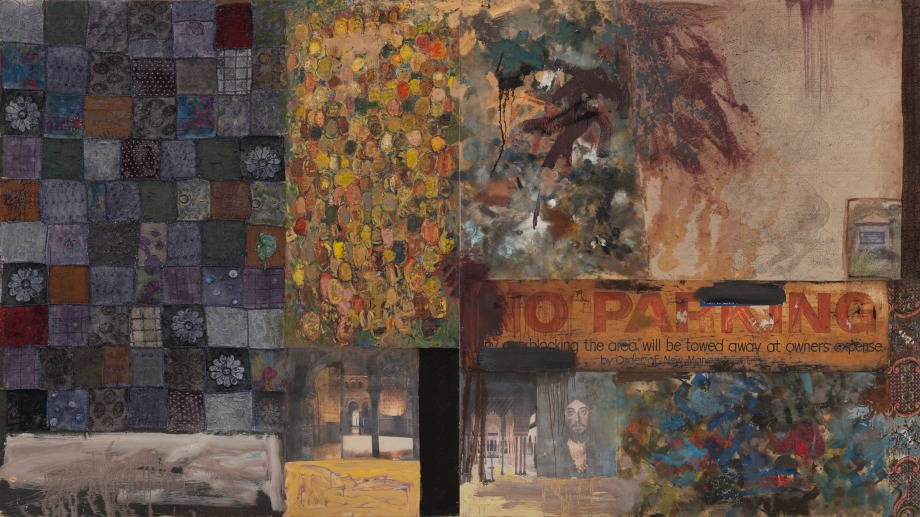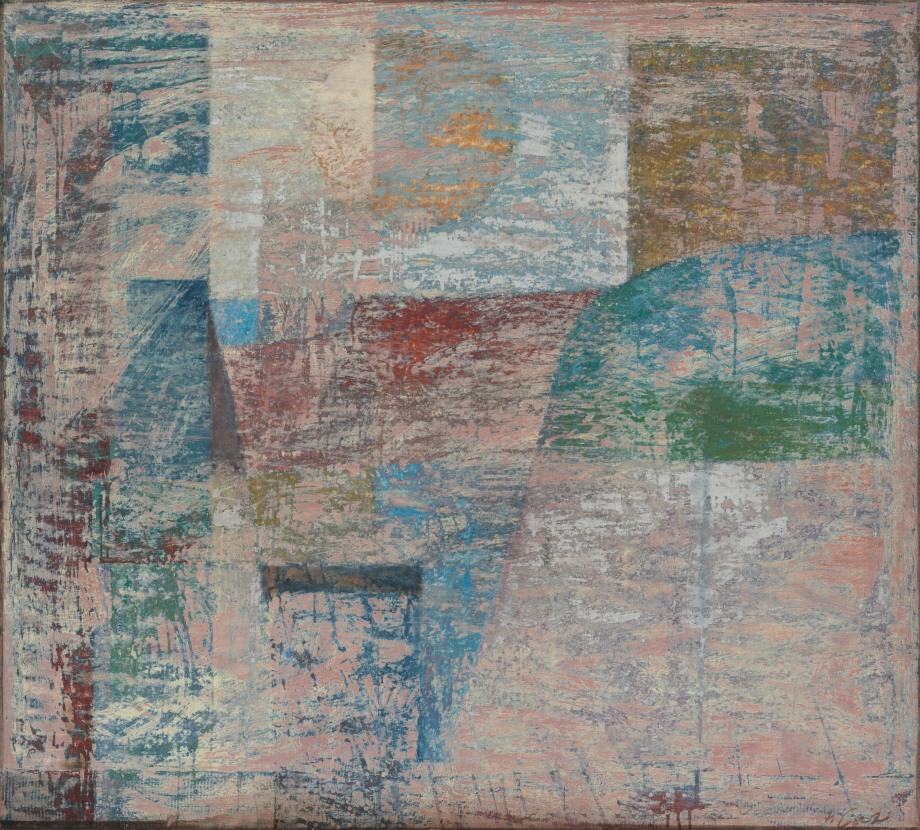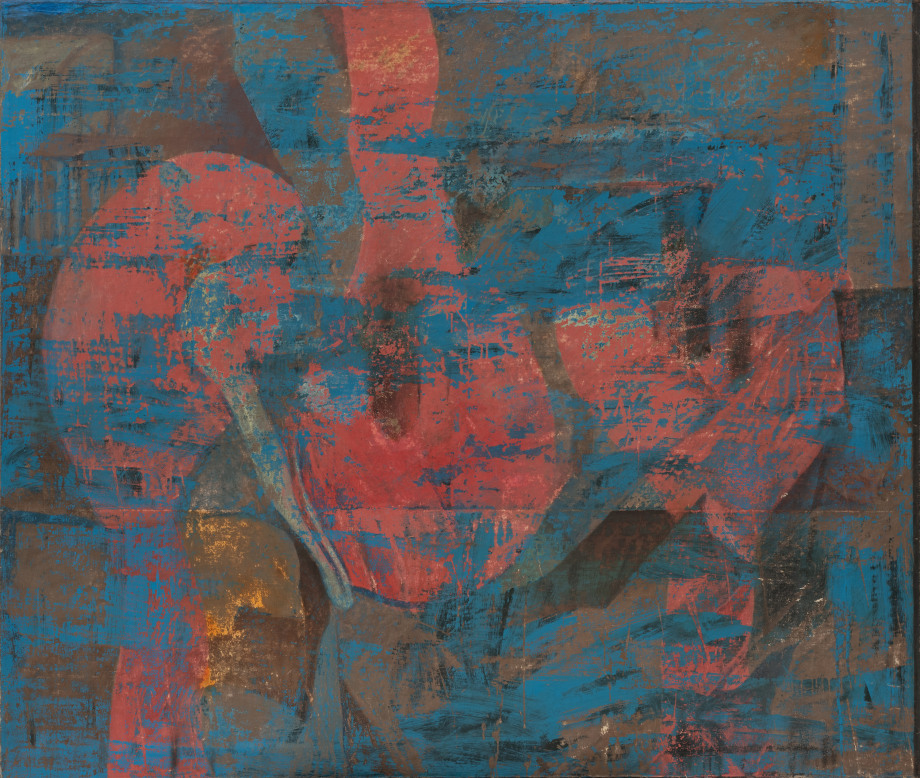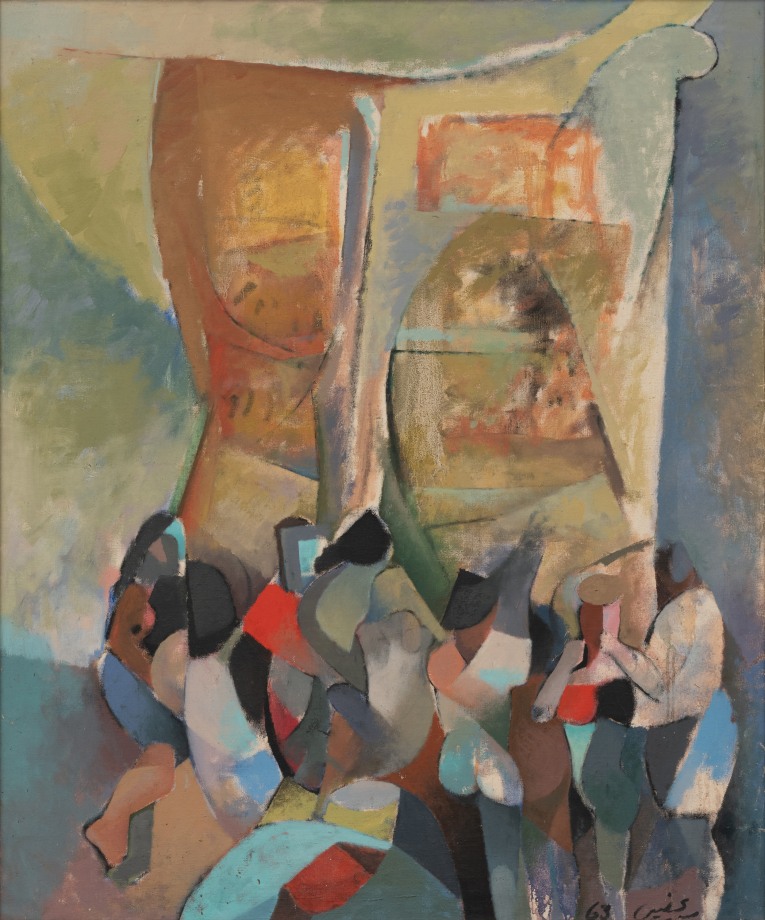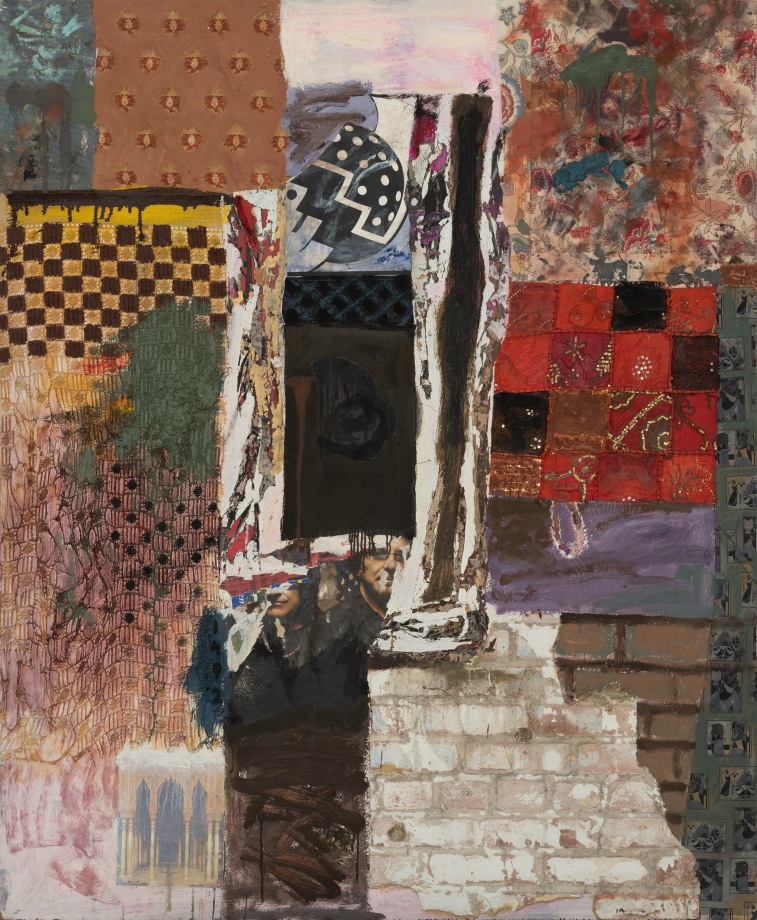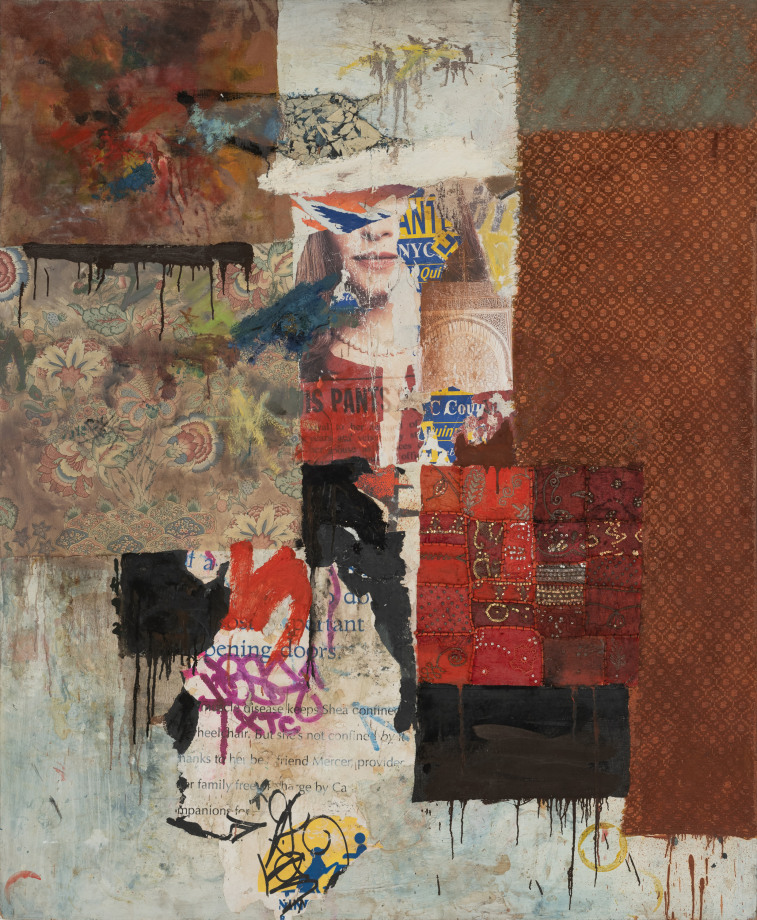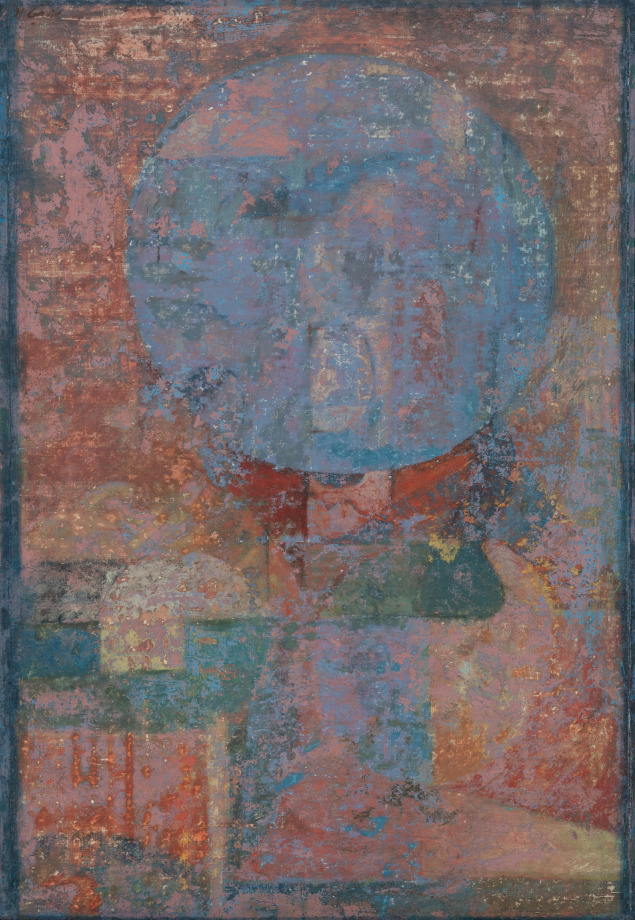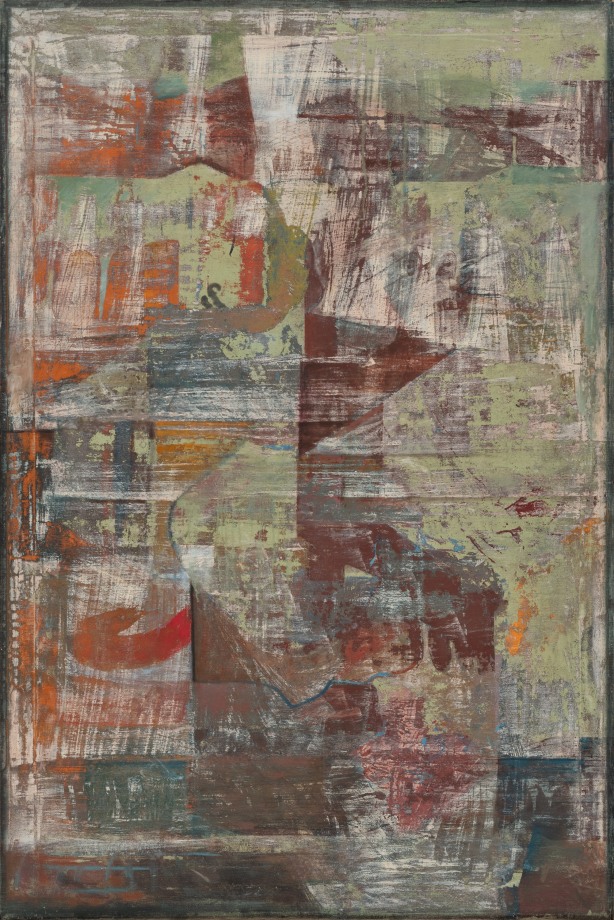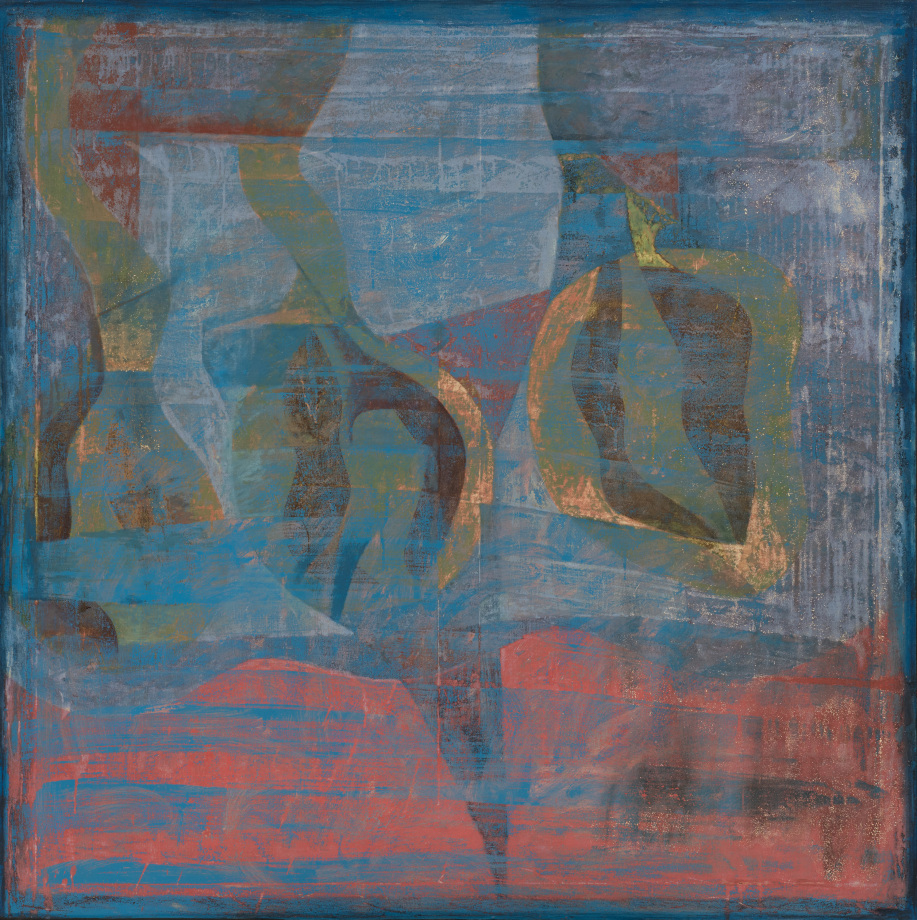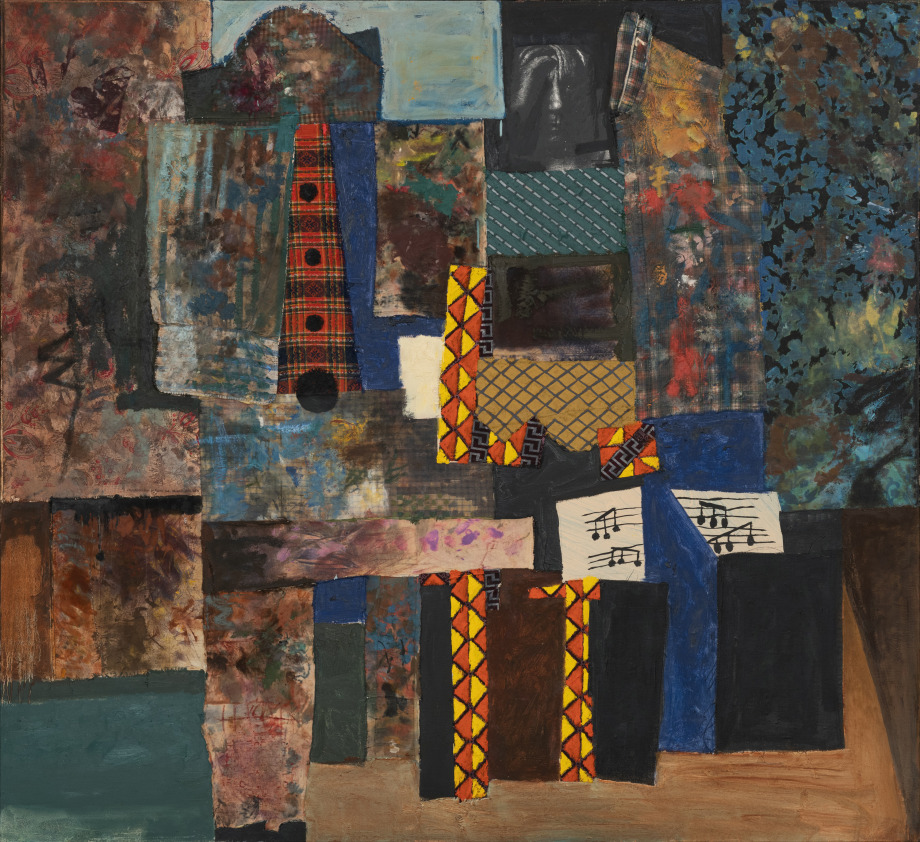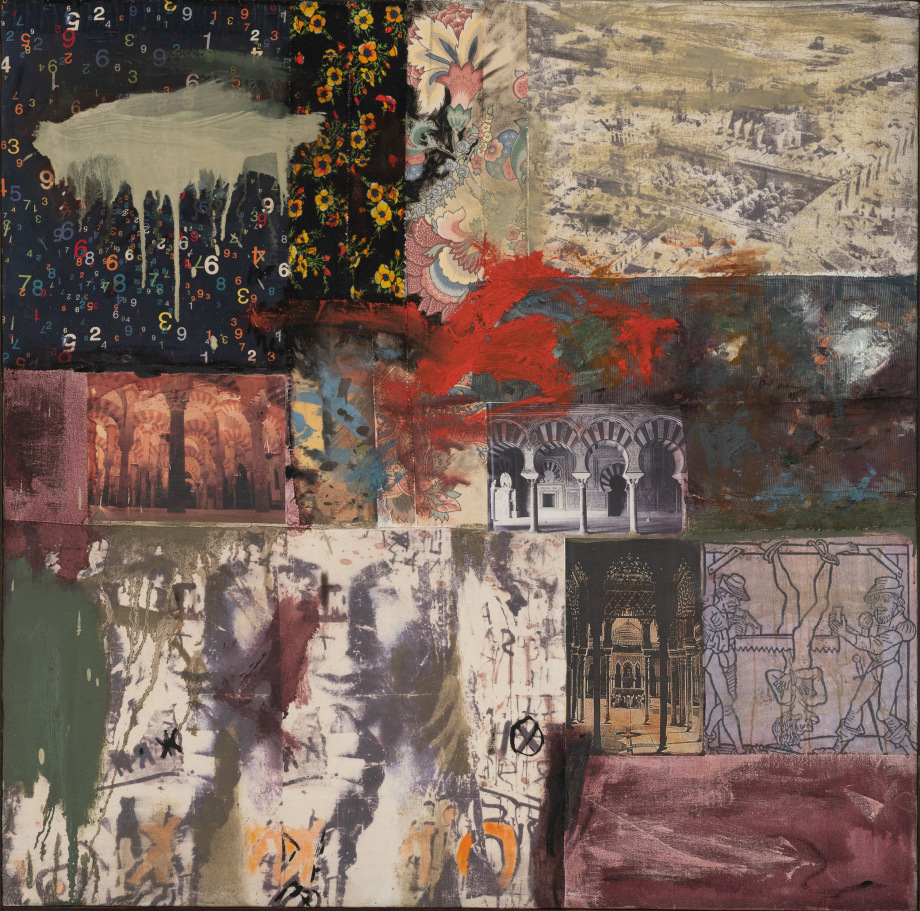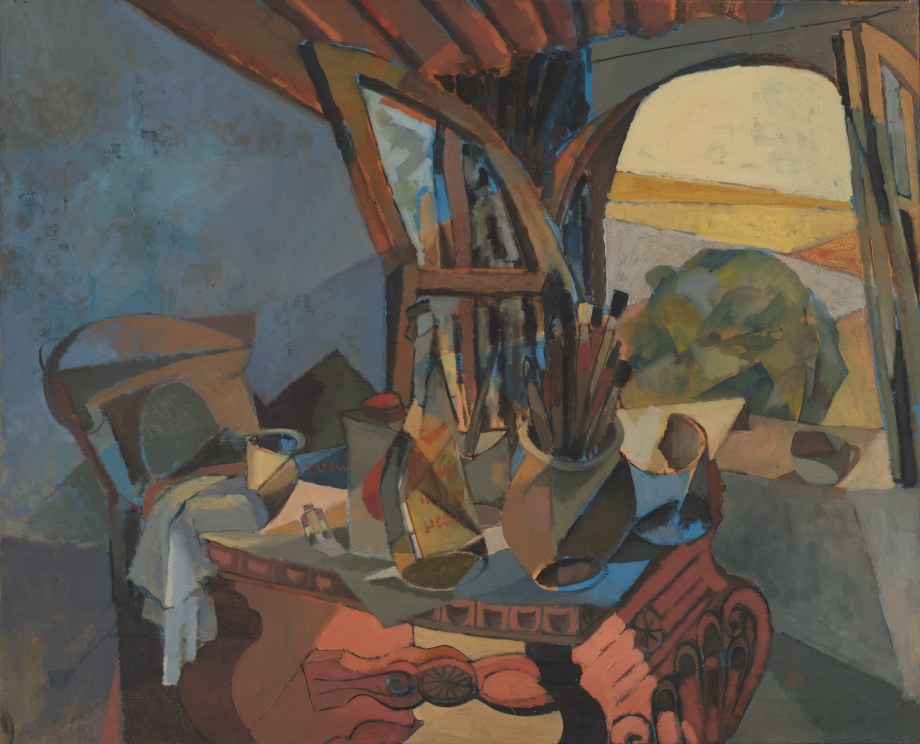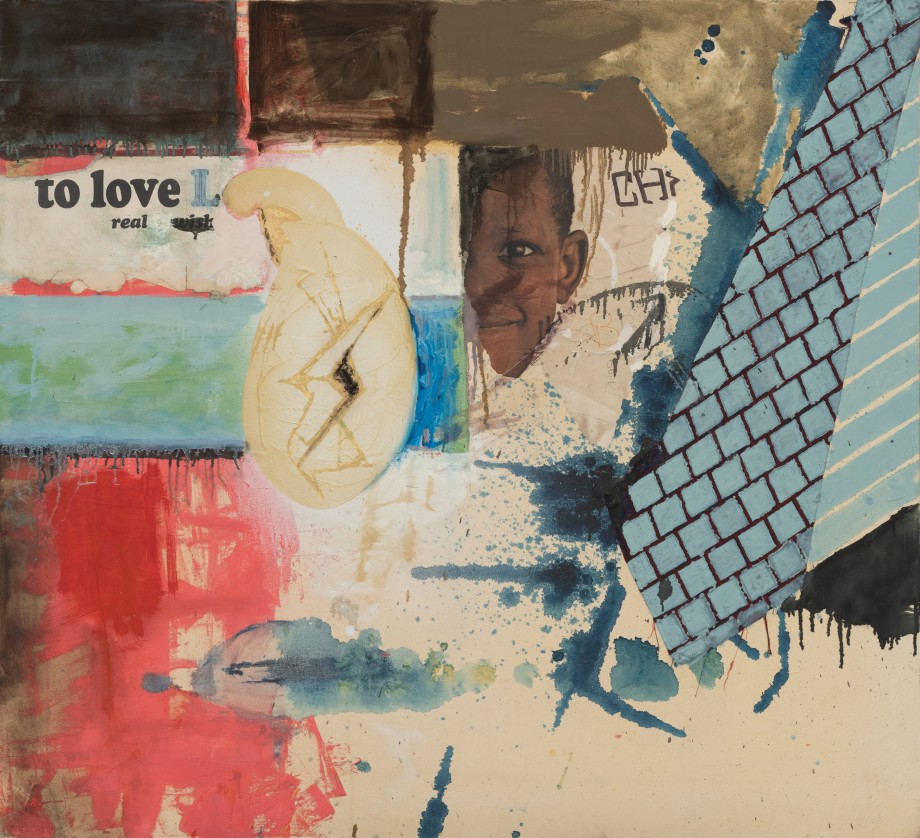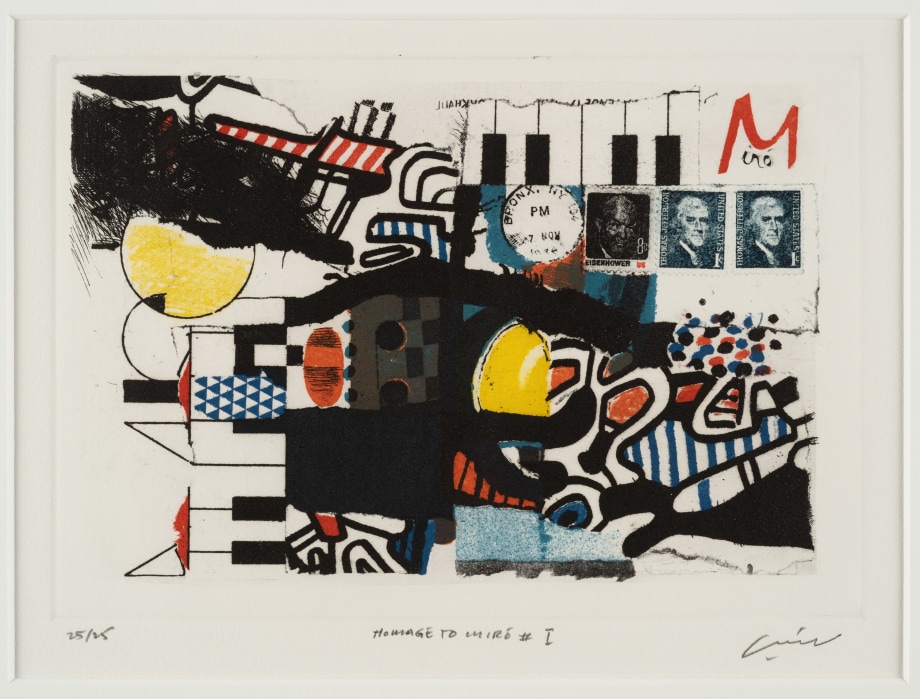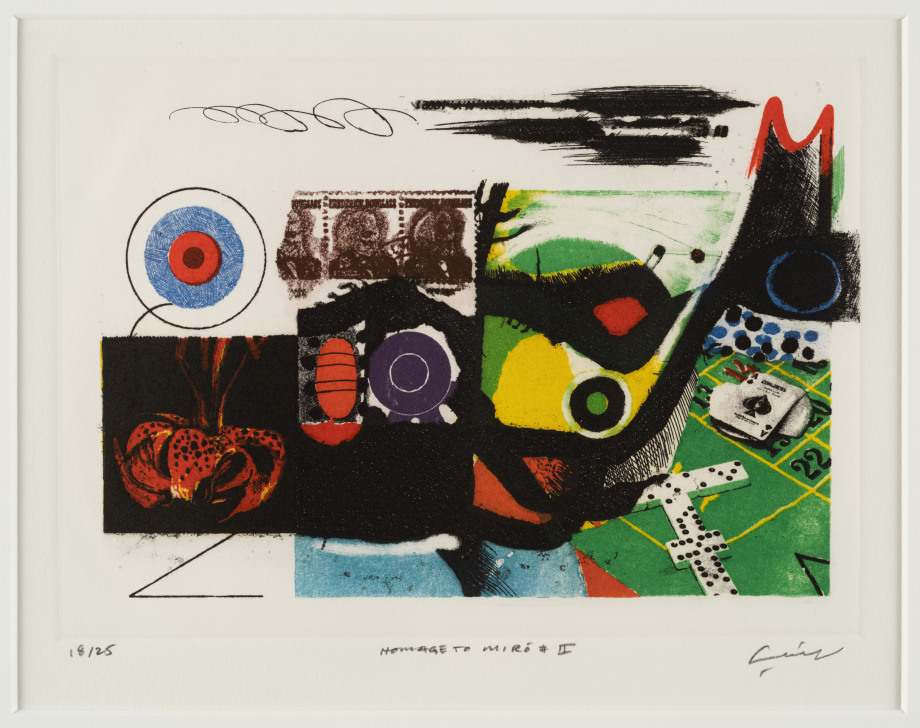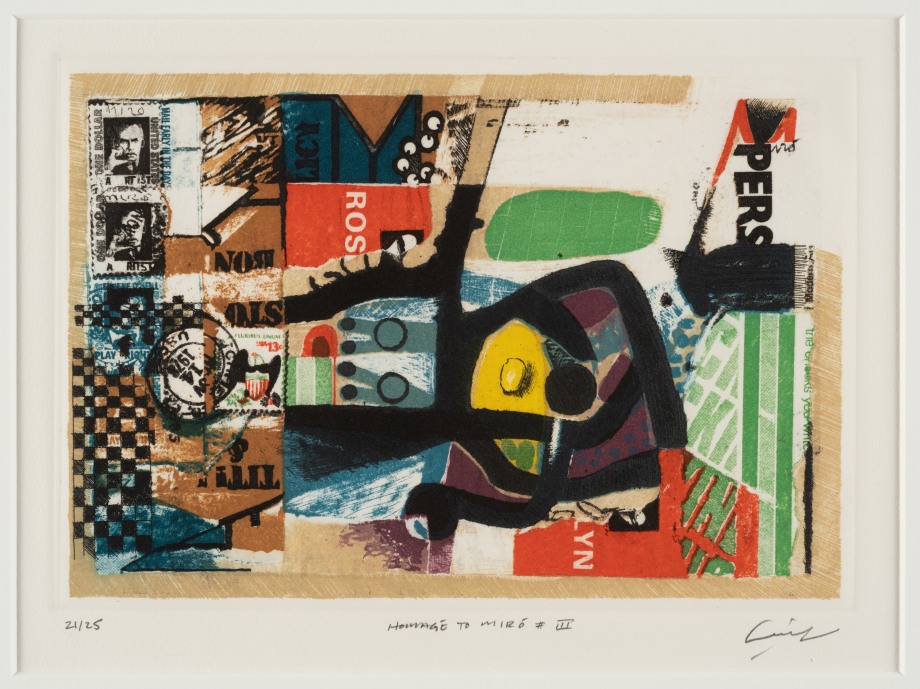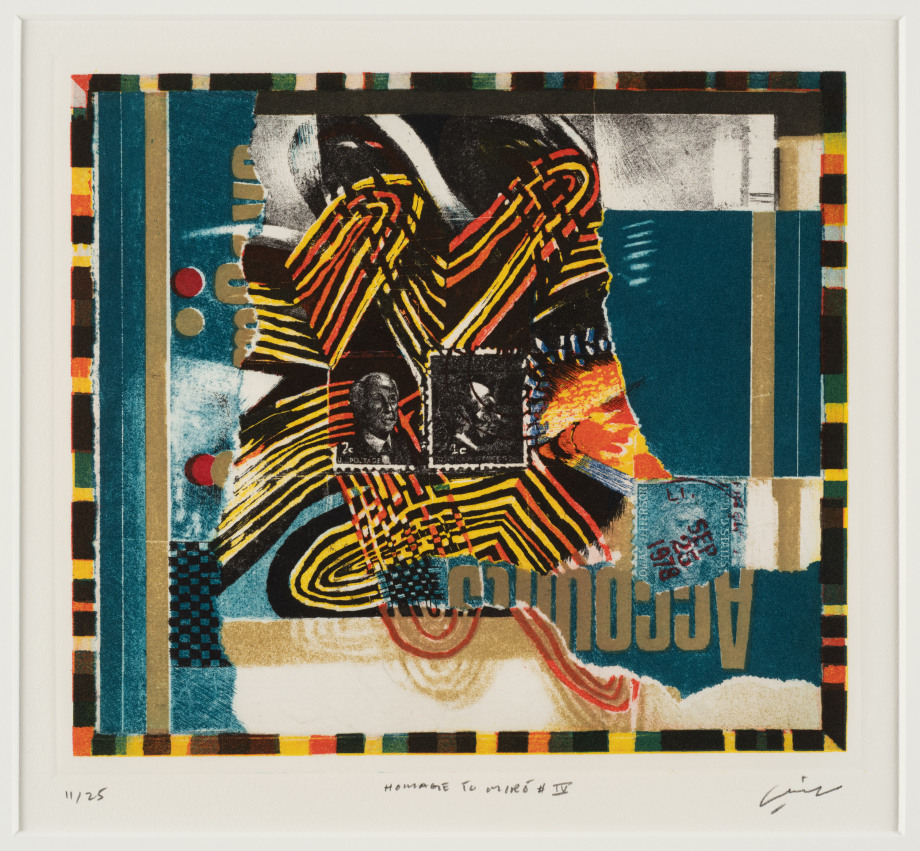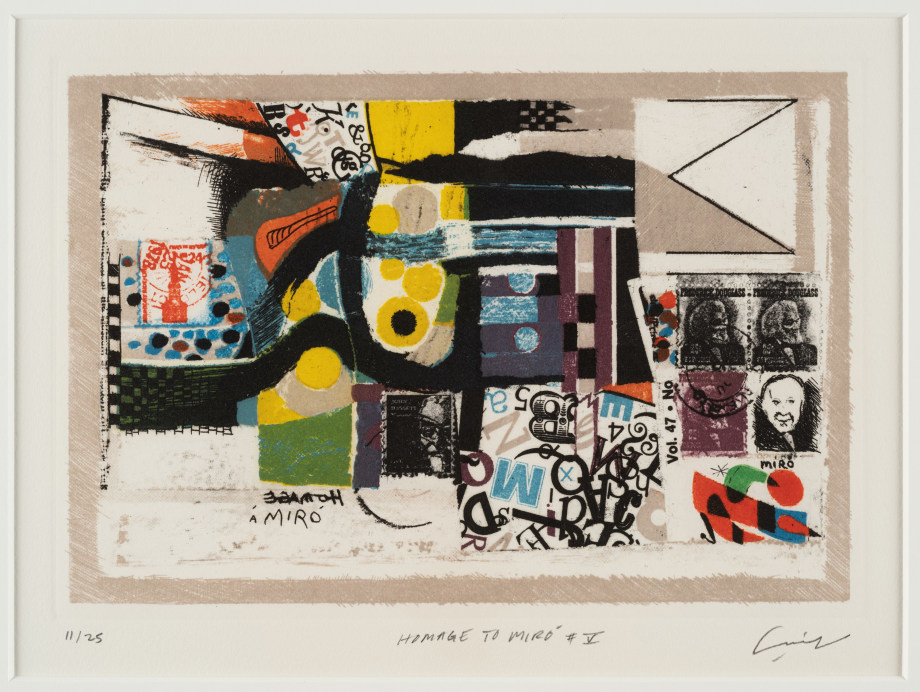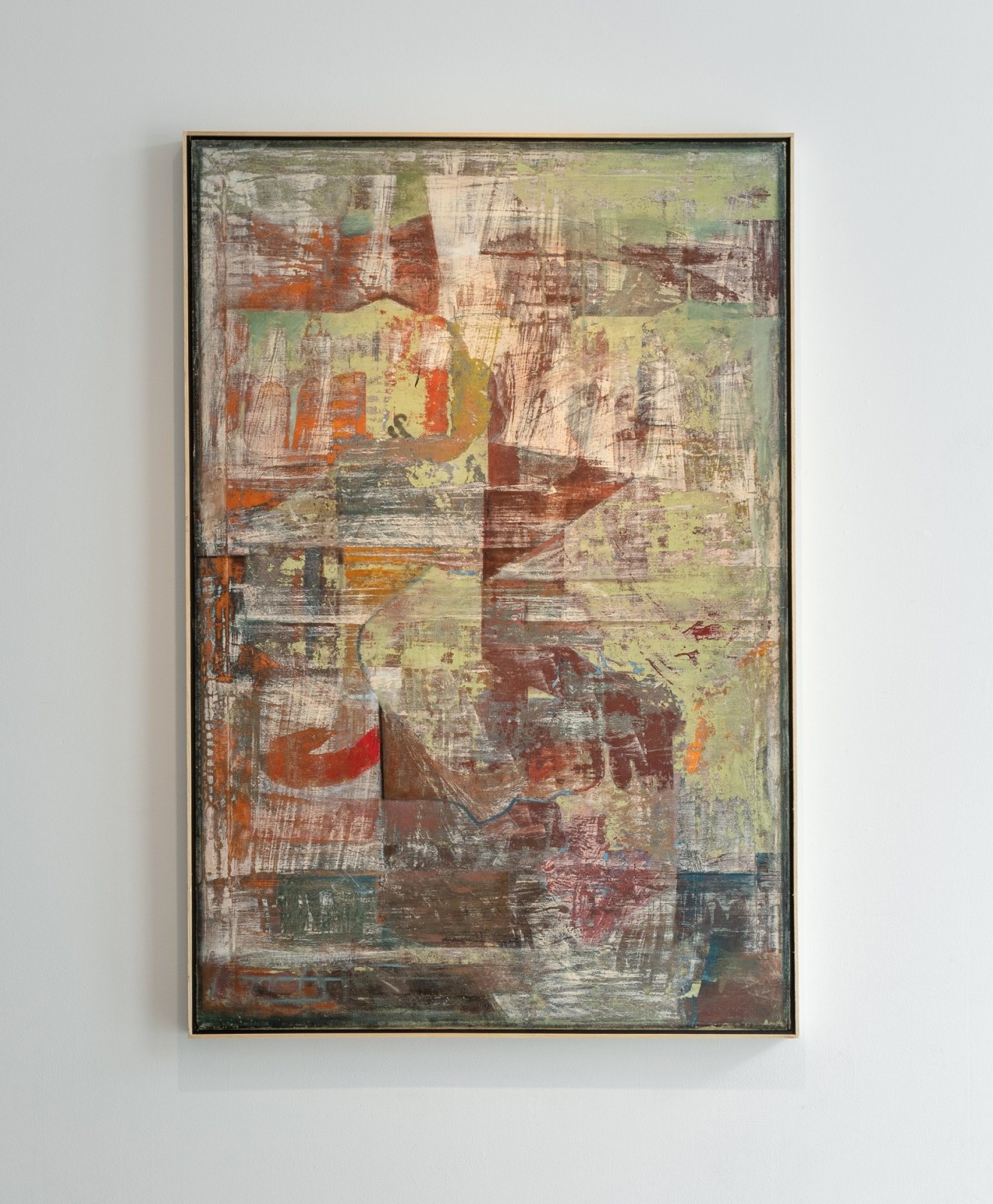Mohammad Omer Khalil
You Don’t Have to Be
Aicon Gallery Exhibition: May 30 – June 22, 2019
Press Preview & V.I.P Reception: Thursday, May 30, 2019
35 Great Jones St, New York NY 10012
We are delighted to present You Don’t Have to Be, Aicon Art’s debut solo exhibition of New York-based artist Mohammad Omer Khalil.
Mohammad Omer Khalil is one of the Arab world’s most important contemporary painters, having influenced two generations of regional artists. Spanning over forty years, across painting and print-making, he is in an exciting position between the canon of modern Arab art and the artist’s ground-breaking practice. He does so all while searching for a dialogue between dissimilar cultures. His work in this exhibition consists of twelve paintings and a suite of prints. These pieces illustrate the vividness the complex relationship between the symbolic forms of the East and conceptual art born in Europe and made ubiquitous in the US.
Khalil’s works on canvas use an array of materials. He observes alliances and visual dialogue within his source material, as a part of his creative process. Fusing objects and ideas, photo and collage his process of addition and subtraction results in a clandestine order of color, shapes and spaces. In You Don’t Have to Be II, Khalil references a revolutionary 1960s ad that, when he encountered it, was the first time he saw a person of color represented in mainstream print media. The ad had a profound impression on him and forms the basis of a series that furthers the artist’s inquiry into representation and non-representation.
Khalil has also been working on etching throughout his career, using the age-old technique of the European Masters to illustrate a book of contemporary art, inspired by the tragic history of the 20th century, letting his imagination run free and yet, running counter to the saturation of color and brightness typical of the pop art age. He has developed a composite grammar of omnipresent blackness, retrieving a primal simplicity as the preferred site for his cosmopolitan observations and the stage of his many aesthetic interventions that sooner or later find their way into more colorful canvases. At the climax of his creative forces, the artist’s desire to inflect the consciousness of the era is made manifest in discreet impressions.
Khalil has lived in the diaspora since his education. The instabilities that have plagued Sudan have brought to life a form of art, in which elements and patterns from tradition merge with pop art and fine prints. In The Moor’s Last Sigh, the use of inspired patterns and colors all tell fuse to form a narrative abstraction. The gaze of the audience becomes nomadic in the field of vision with Khalil’s work. It has no before or after, no fragment and no entity. Nothing real and nothing virtual, only that of a single image which harmoniously synchronizes everything. Everything in his work is the consequence of his own life experience and takes on an anecdotal quality that speak to human truths.
Mohammed Omer Khalil studied at the School of Fine and Applied Art in Khartoum, Sudan and then pursued graduate studies in fresco painting and print-making in Florence. Since then, he has been living in the United States and until recently, taught at the Parsons School of Design in the New School. His work has been part of numerous solo and group exhibitions in Africa, the Middle East, Europe, Asia and the Americas. His work is found in different public and private collections, including the Metropolitan Museum of Modern Art, Sharjah Art Foundation, Grenoble Museum in France, the Jordanian National Museum and the Brooklyn Museum of Art. Recently he was part of 'The Multiplication of Perspective’ a seminar at the Museum of Modern Art, New York, 28, April 2019 to mark the 10th year of the MoMA's research program to address the dis-inclusions from art history practices of artists who have been present in the environs of the museum in New York.

